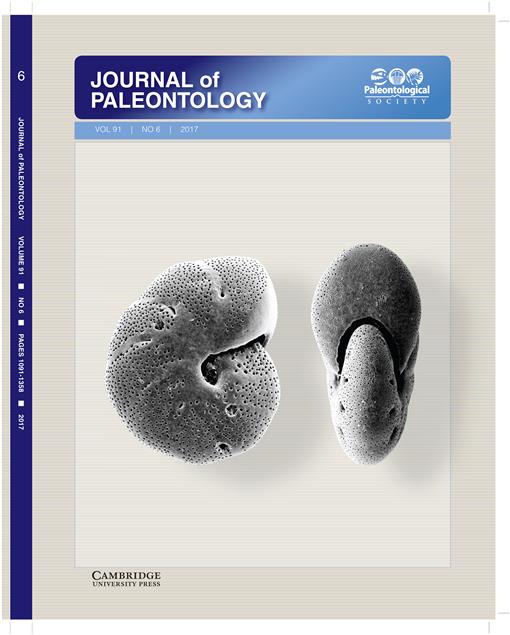The fixing organ of the Precambrian macroalga was briefly described by most researchers as a holdfast or rhizoid, suggesting a fixation structure and/or tissue differentiation. An Ediacaran macroscopic alga, Discusphyton whenghuiensis n. gen. n. sp., with a complex disc-like holdfast and an unbranching thallus, has been collected, together with abundant and diverse macrofossils (i.e., the Wenghui biota) in black shales of the upper Doushantuo Formation (~560–551 Ma) in northeastern Guizhou, South China. The Wenghui biota lived in a relatively low-energy marine environment and was preserved in situ or nearby their growth position. Morphologically, the macroalgal thallus, including the compressed lamina and cylindrical stipe, might have been suspended in the water column for photosynthesis. Its holdfast, a rare fixing form, is complex in structure and construction, consisting of a globular rhizome and a discoidal rhizoid. The large-sized discoidal rhizoid is regarded as a flat-bottomed and domeshaped organ to attach the macroalga on the water-rich muddy seafloor. The globular rhizome, expanded by a thallus on the substrate, was originally harder and spherical nature within the dome-shaped rhizoid. It may have been an important organ as a steering knuckle to connect between the stipe and the rhizoid. The macroscopic metaphyte D. whenghuiensis n. gen. n. sp. shows the appearance of complex holdfast in morphology and bio-functions. However, not enough is known, in the absence of more information, to decipher the phylogenetic affinity of D. whenghuiensis n. gen. n. sp. and the origin of a discoidal rhizoid.
How to translate text using browser tools
1 November 2017
A rare disc-like holdfast of the Ediacaran macroalga from South China
Ye Wang,
Yue Wang,
Wei Du
ACCESS THE FULL ARTICLE

Journal of Paleontology
Vol. 91 • No. 6
October 2017
Vol. 91 • No. 6
October 2017




